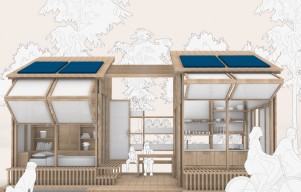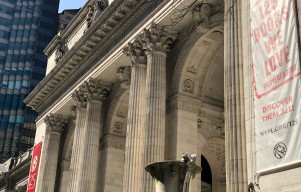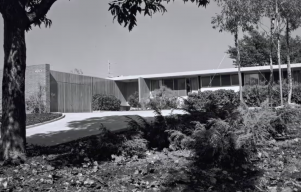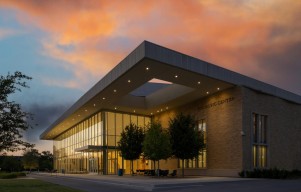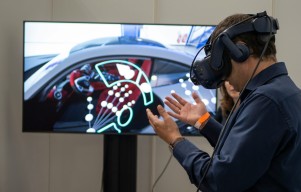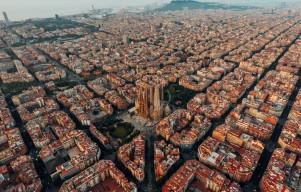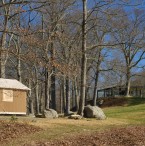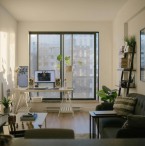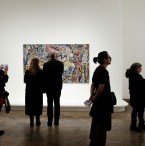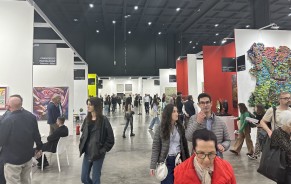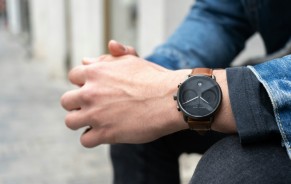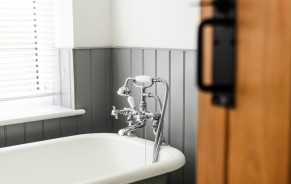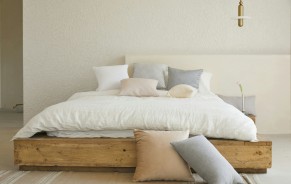Sheila Kennedy, a professor at MIT's Department of Architecture, is currently developing techniques and materials in "soft design" which can address the pressing demands of sustainable housing and energy.
“Around the world, at unprecedented rates, people are moving from the country to the city,” Kennedy observes. She added, “But this rapid urbanization is not a one-way movement- there’s an increasing level of mobility and an inevitable permeability between the borders of our natural and urban environments.”
Kennedy’s research team has pioneered the development of designs for soft and resilient infrastructure. This combines a synthetic approach along with natural ecologies, all for the purpose of creating an environment that takes into consideration the movement and culture of people.
The materials required include natural biodegradable products or new materials that can be produced with little to no carbon, Kennedy explains. Her team uses a software to radically transform the materials through a computation that alters its form to make it affordable and abundant. Through this software, the materials can be customized to fit different requirements and manufacturing processes. She aims to develop the technology into something that is sufficiently prevalent for people to really want to use.
“Technology isn’t much good if people don’t want to use it,” Kennedy emphasizes.
An example of Kennedy’s soft design projects which have been completed by her firm, Kennedy & Violich Architecture, is a public ferry terminal located on the East River in Manhattan. Kennedy said this is the “first project in the United States that has taken a low-carbon approach to public infrastructure.”
In this project, Kennedy was able to build a soft tensile roof canopy system which connects commuters from the ferries to the New York subway without a lot of steel. They were also able to create the pieces off-site and assemble them at the final location efficiently. As it is situated in a public space for commuters, taxis and bikers, her team also added an interactive display on the roof canopy which shares information about the river currents.
Another example of Kennedy's work is the "Soft House" which is a set of row houses in Hamburg, Germany. Here, the walls are made of solid wood while the interiors, lighting and energy are mobile, replaceable and configurable. Kennedy used textiles to harvest energy and distribute light with low-voltage DC power.
The Soft House began with a simple building structure, assembled by a traditional local soft wood construction technique. “The walls are solid wood, and they become very long-lasting and enduring,” she says. “The domestic infrastructure, the lighting and the energy, becomes much more mobile, replaceable and configurable, like furniture. The infrastructure is literally soft because we use textiles to harvest energy and distribute light and low-voltage DC power. The project has won numerous international awards.
With these innovative projects, Kennedy emphasizes the importance in collaborating with companies. Through this, the development and creation of soft resilient infrastructure can be used not only in the U.S. but also in developing countries.
“We get ideas from working in the developing world and bring them here at home and vice versa. At the end of the day, it’s really only one world.”
